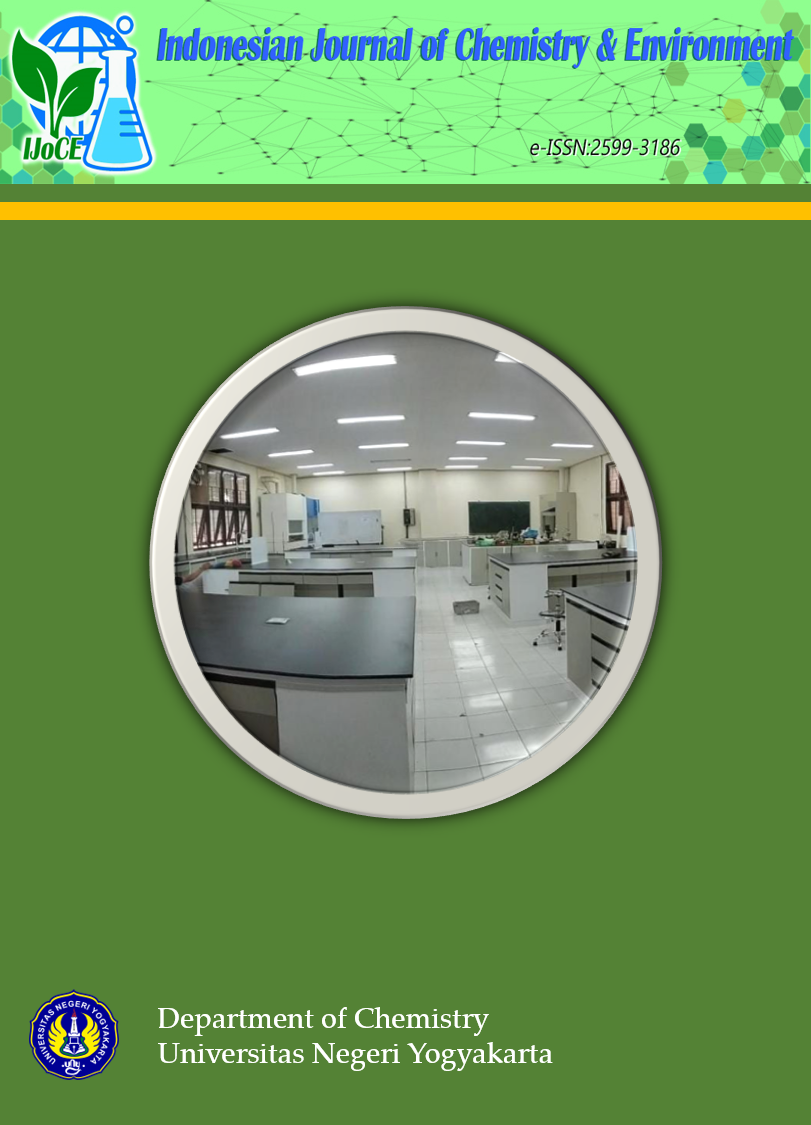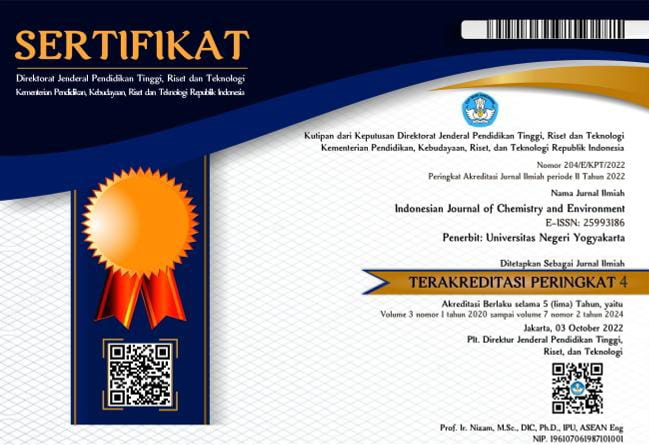The Preparative Nonreflux Procedure on Disproportionation Reaction in Small-Scale Synthesis
DOI:
https://doi.org/10.21831/ijoce.v7i2.82418Abstract
Reactions with nonreflux procedures are based on the mechanical impact energy to promote the transformation process of chemicals. The simple procedures are grinding-milling, microwave-assisted, and ultrasonic-assisted. Generally, the procedures were undergoing nonsolvent or solventless reaction conditions also in effective and efficient processes, which corresponds to the principles of green chemistry. In its development, disproportionation reaction could also be undergone by applying these methods. This article discussed the preparative procedures of nonreflux with grinding, shaking, ultrasonic-assisted, and microwave-assisted in disproportionation reactions, which later could be used as standard procedures according to green chemistry and sustainable development goals (SDGs).
Downloads
Published
2025-01-13
How to Cite
[1]
Rohmawati, D. et al. 2025. The Preparative Nonreflux Procedure on Disproportionation Reaction in Small-Scale Synthesis. Indonesian Journal of Chemistry and Environment. 7, 2 (Jan. 2025), 121–127. DOI:https://doi.org/10.21831/ijoce.v7i2.82418.
Issue
Section
Articles
Citation Check
License
Authors who publish with this journal agree to the following terms:
- Authors retain copyright under a Creative Commons Attribution–ShareAlike License (CC BY SA) that allows others to share: copy, and redistribute the material in any medium or format, Adapt: remix, transform, and build upon the material, for any purpose, even commercially.
- Authors are able to enter into separate, additional contractual arrangements for the non-exclusive distribution of the journal's published version of the work (e.g., post it to an institutional repository or publish it in a book), with an acknowledgement of its initial publication in this journal.
- Authors are permitted and encouraged to post their work online (e.g., in institutional repositories or on their website) prior to and during the submission process, as it can lead to productive exchanges, as well as earlier and greater citation of published work.










